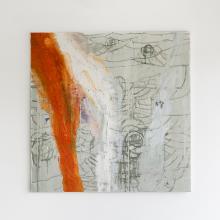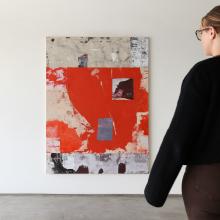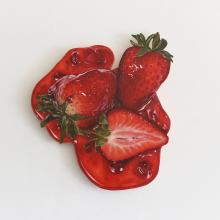Making A Bold Statement With Art
Discover Our Tips for Choosing Statement Art
Be Bold! Make a statement with your home. Playful colors, strong lines draw the eye and make a memorable impact. The great thing about statement art is that it works well with any interior style, whether that’s antique, vintage, minimal or modern.
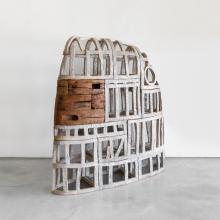
Pieces with Character
Having a piece of statement art in your home can add a unique touch to your living space. It can serve as a conversation starter and add character to any room. Statement art can come in various forms such as paintings, sculptures, or even furniture. It also allows you to express your personality and style in a creative way.
Color and Texture
In both figurative and abstract painting, color can be used not only for its decorative beauty but also to create mood and express or arouse emotion. Incorporating color and texture through artwork in interior spaces can transform a room, making it feel more dynamic, cozy, or sophisticated.
For example, a vibrant, colorful painting can serve as a focal point in a neutral room, injecting energy and personality. Conversely, a piece with subtle, muted tones can complement a room with bold furniture and accessories, bringing balance and harmony.
Dark colors and rough textures might make a room feel more intimate and inviting, perfect for creating a cozy living area or a serene bedroom. Rich, deep hues like navy, burgundy, or forest green can be paired with artwork featuring textured elements such as thick brushstrokes, mixed media, or layered materials to add depth and warmth to the space.
On the other hand, cool tones and smooth textures might add an air of elegance or modernism to the space. Soft blues, greens, and grays can create a calming atmosphere, ideal for a minimalist living room or a chic, contemporary office. Artwork with sleek finishes, clean lines, and smooth surfaces can enhance this aesthetic, contributing to a sense of tranquility and order.
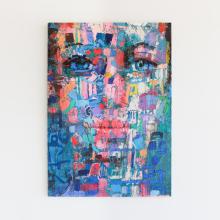
explore our curated collection
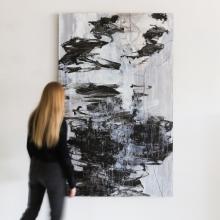
Scale
Large-scale artwork can make a bold statement and anchor a room, while smaller pieces can be grouped together to create a gallery wall that adds variety and texture. Alternatively, displaying a smaller, unconventional piece on a large wall, either alone or next to a larger piece, creates a striking and unexpected visual contrast.
